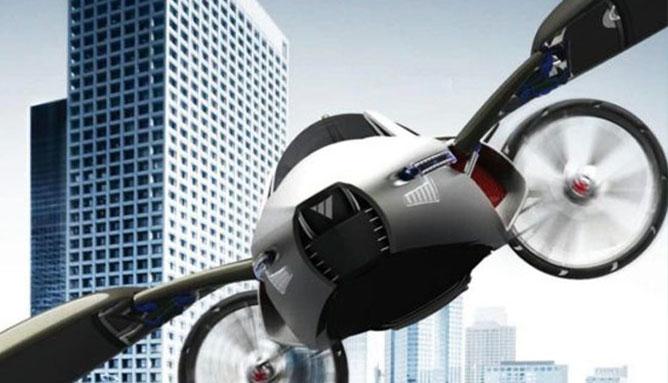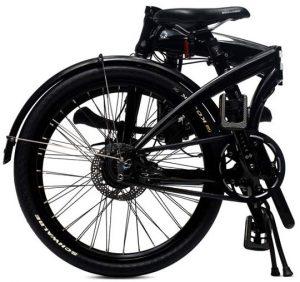
Is commuting really a thing?
Absolutely. And even more so, research shows that every year the average commute time grows. In 2015, for instance, the longest commute time was recorded in the city of Villavicencio in Colombia where an average commuter spent 192.1 minutes on a ride. Commuting rates were high around several Europe capitals like London, Wien, Amsterdam, Milan. Moreover, Belgium recorded the highest rate of commuting in 2015, where more than one in five (21.9 %) people have commuted to work in different country regions.
Making it urban, making it 2.0
As the world grows to be hectic, people are inevitably turning their everyday commutes into meaningful experiences, making the commute more than just getting to and from work. The next generation commuters tend to be environmentally friendly, multitasking and timely organized. The Commuting 2.0 has become a more compatible travel: doing more things at once. Thankfully, with the advantages of digital technologies as Wi-Fi, Bluetooth, beacons and the Internet of Things, urban commuters can do exactly that – use their time smartly and getting more of their errands done on the go.
The anatomy of an urban commuter
As the world changes, the people are changing too. They no longer want to sit in their cars stuck in endless jams for hours just to get to work or home. More than ever, they want their commuting to work for them, smoothly, eco-friendly and time and cost effectively. Thankfully, nowadays, there is a mobile app for everything; from reducing the commute time to calculating which option is the most sustainable for the particular travel.
want to sit in their cars stuck in endless jams for hours just to get to work or home. More than ever, they want their commuting to work for them, smoothly, eco-friendly and time and cost effectively. Thankfully, nowadays, there is a mobile app for everything; from reducing the commute time to calculating which option is the most sustainable for the particular travel.
An urban commuter is a city dweller, a working professional who not only needs to get to work on time, but wishes to do so in style while being self-conscientious. So, long gone are the days when the commuting meant stuck alone in a car or riding an old-school or a mountain bike.
Commuting 2.0: doing it in style
The Shared economy is growing wider acceptance; platforms are rushing in to capitalize on the demand. Whether a P2P a B2C or an NFP, companies out there are getting their car fleets ready for share commuting. There has been diverse use cases that these platforms cater to, one that provides fast and reliable rides in minutes such as Uber and others such as ShareTheRide which allows commuters, based on their proximity, destination, travel route as well as schedules and preferences, to quickly and securely find a carpool, van pool transit, bike or walk option. As consciousness grows, people tend to be more careful about the environment, an example is The US Carsharing Association, who works to maximize the environmental and social impact of the car sharing industry. Reports say that back in 2009, car sharing diminished global carbon dioxide emissions by 482,170 Tons!
transit, bike or walk option. As consciousness grows, people tend to be more careful about the environment, an example is The US Carsharing Association, who works to maximize the environmental and social impact of the car sharing industry. Reports say that back in 2009, car sharing diminished global carbon dioxide emissions by 482,170 Tons!
Some countries are going even further than this – maximizing the usage of its public transport, making it environmentally friendly. For example, for the first time in history, Netherlands Railways (NS) has its all-electric trains on the Dutch network operating exclusively on renewable power using only wind energy. “Since 1 January 2017, 100% of our trains are running on wind energy,” said NS spokesman, Ton Boon, reaching their goal a year earlier than planned, enabling around 600,000 passengers daily to travel on wind energy.
And finally, a rise in people looking into healthy living and building fitness routines, at the same time lowering their carbon footprint has led to an immense market for commuting bikes, innovative folding bikes and advanced e-scooter experiences that combine innovations and the power of simplicity and smart solutions and transferring it to the driving lanes!
There is an app for that
Google wouldn’t be Google if it hadn’t had an app or widget for a commuters’ smartphone, right? The Google Now widget allows to specify a transportation mode for your commuting or other travels. With voice search, location services, and home screen management Google Now can even notify your friends or family when you’ve started your daily commute.
To customize your widget, go to Google Now Settings >> Google Now >> Traffic, where you’ll be able to see a new “Transportation Mode” section, enabling you to specify the mode of transportation for your commutes or other travels. For example, if you typically take the train or bus to work, you’ll be able to tell Google Now to suggest routes based your transportation types. And as for other travels that are non-commute related, you can specify similar preferences like driving, public transit, walking or biking.
Get more work done
And if you want to go even further into time and energy savings, what’s next? Do more work outside of your office, remotely, or even while commuting: move your business to Cloud. Moving to Cloud is more efficient in many ways, but most importantly, lets you work from anywhere. Read more about moving to Cloud, here.








